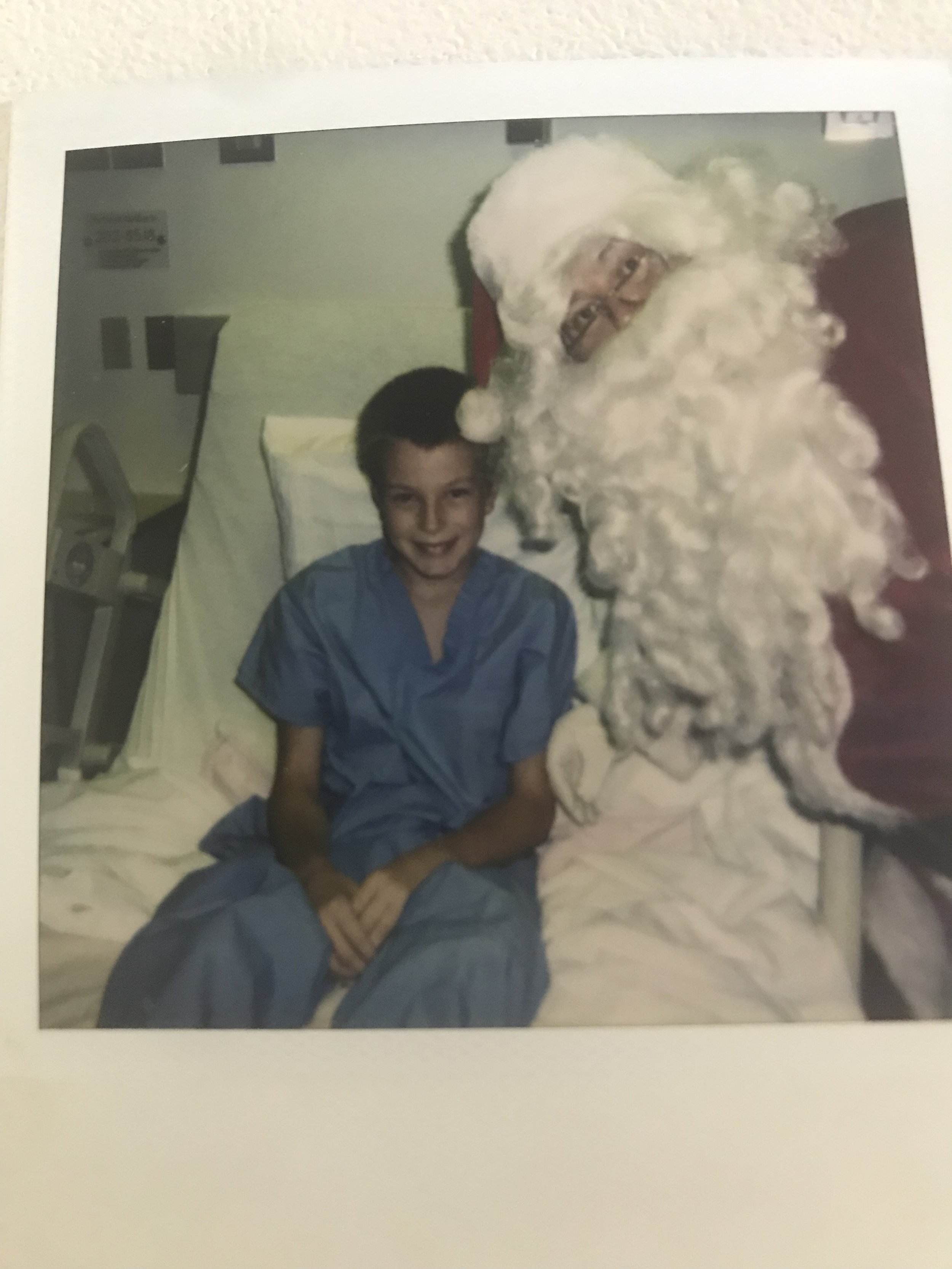Announcement
I am excited to be giving a 1-hr virtual workshop tomorrow, August 27th, at 5:30 p.m. Eastern for the nonprofit BeWell in School. It’s donation-based, and all proceeds go to support their mission. They are truly and incredible organization, and I am honored whenever I get to support them. Get signed up here.
On to the newsletter…
Listen Instead of Reading
If you enjoy listening, you can subscribe to the audio version on Spotify, Apple Podcasts, and Audible so you don’t even have to look at the email 😊
Enjoy These Posts?
Reading Time: 2 min 0 sec
I hope the next 24’ish breaths are the most nourishing of your day.
4 THOUGHTS
1. Simplest and Most Unobtrusive of Movements
“Despite centuries of reports from followers of Eastern traditions that slow breathing can improve focus, bring a sense of calm when we might otherwise lose it and even whisk us away to an altered state of consciousness, most of us still don’t take time out from our busy lives to prioritize this simplest and most unobtrusive of body movements.”
– Caroline Williams, Move
If you feel “moved” by this, here is an excellent reminder to take time this week to prioritize the simplest and most unobtrusive movement of all: slow breathing 👏
2. The Only Practice that Matters
“The only practice that matters is the one you consistently do, not the practice of any other artist.”
– Rick Rubin, The Creative Act
A perfect reminder (which also applies to breathing) to follow what’s right for you, not what’s right for someone else. It brings to mind another wonderful quote attributed to Zen Shin: “A flower does not think of competing with the flower next to it. It just blooms.”
3. Four Reminders that Breath is Connection
1. “To breathe is to absorb ourselves in what surrounds us, to take in little bits of life, understand them, and give pieces of ourselves back out. Respiration is, at its core, reciprocation.” - James Nestor
2. “Living beings differ in appearance and behavior…But all living beings breathe…When we focus on the breath, we become mindful of the universal nature of all beings.” – Bhante Gunaratana
3. “The air I inhale enters my body and becomes part of me. The air that I exhale moves into someone else and becomes part of her. Just by looking at how the air moves, we realize we are all connected to one another, not just figuratively but also literally.” - Haemin Sunim
4. “Each new breath creates a unity of life as all people share the nourishment that the earth’s atmosphere freely offers.” - Barbara Fredrickson, Ph.D.
4. The Best of Both Worlds
“The breathing will seamlessly bring you back to the natural mental and emotional flexibility you had as a child, but with the direction and purpose you have as an adult.”
— Richard Brown, MD, and Patricia Gerbarg, MD
Here’s to using our breath to develop child-like mental flexibility alongside adult-like purpose a little more this week 🙏
1 Quote
“Like the joy of the sea coming home to shore, may the relief of laughter rinse through your soul.””
1 Answer
Category: Breath, Brain, and Wine
Answer: The cluster of neurons that generate breathing rhythm is named this after a German bottle of wine.
…
(Cue the Jeopardy! music.)
…
Question: What is the pre-Bötzinger Complex?
In good breath,
Nick Heath, T1D, PhD
“Breathing is the compound interest of health & wellness.”
P.S. the ultimate out of body experience
A Path to Lasting Change
The Breath Learning Center integrates ancient wisdom with modern science to help us make lasting change.
You enjoy daily wisdom meditations, science and book reviews, workshops, and guided practices, all at your own pace.
Get started for as little as 16 cents a day.
The Breathing App for Diabetes
This is the first program specifically made for people with diabetes to help manage their stress through breathing and mindfulness practices. In addition to the amazing program inside the app, we have some really neat things coming up, so sign up now!
Amazon Associate Disclosure
I’ve been recommending books for almost 6 years. Yet somehow, I just discovered that I could be an Amazon affiliate [face-palm]. In any case better late than never. Now, any Amazon link you click is an affiliate link. As an Amazon Associate, I earn from qualifying purchases. So, if you’d like to support my work, buying books through these links is helpful : )
* An asterisk by a quote indicates that I listened to this book on Audible. Therefore, the quotation might not be correct, but is my best attempt at reproducing the punctuation based on the narrator’s pace, tone, and pauses.



